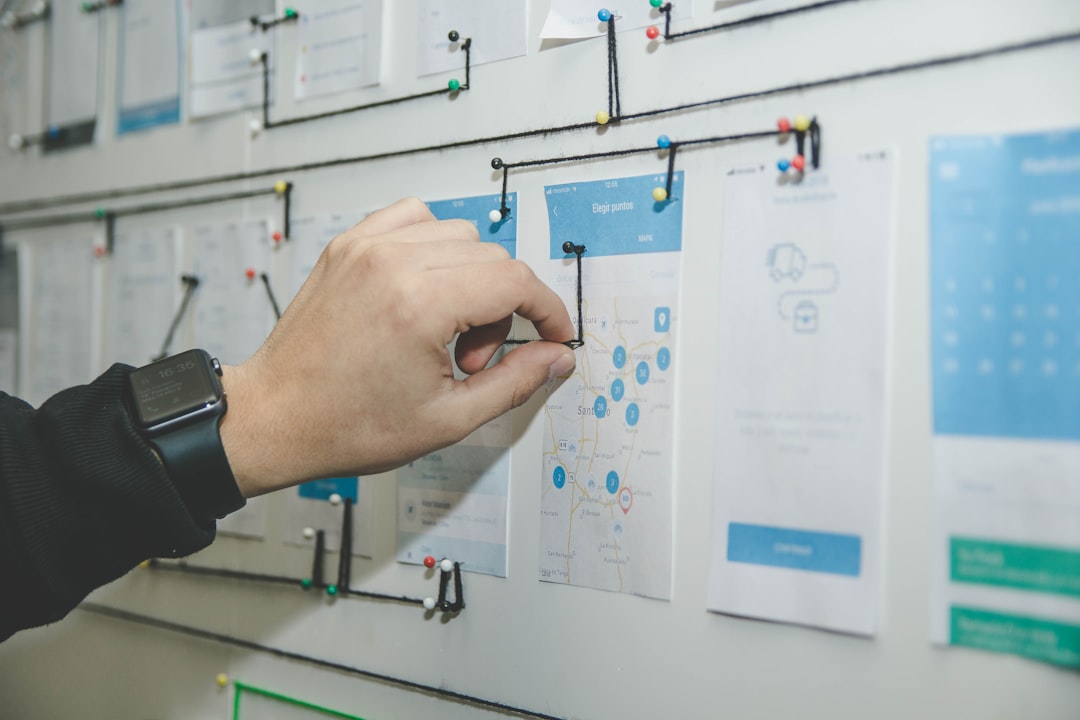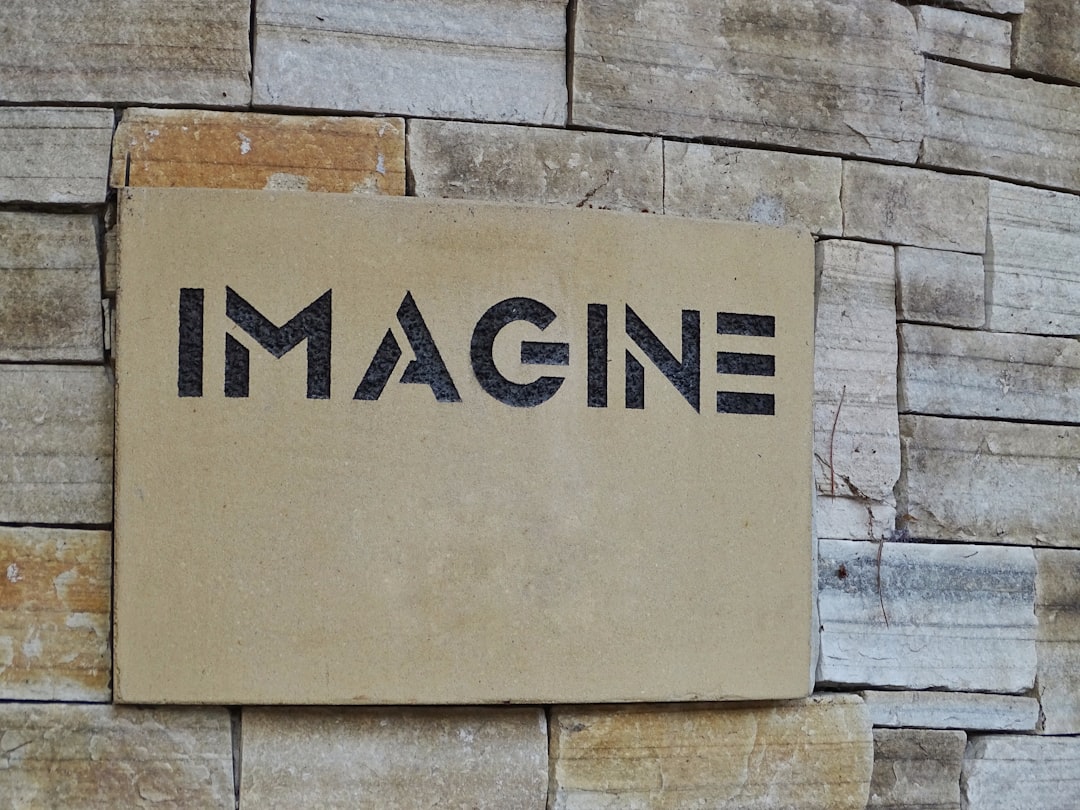What is it about?
The future is an important aspect of strategy and organization. We explored how practitioners use visual artefacts (e.g., drawings, models, sketches) to give form to what is 'not yet'. We analyzed field data from an architectural studio designing a development strategy for their client. We found that practitioners use visual artefacts in practices of imagining, testing, stabilizing, and reifying; by which they turn their abstract imaginings of the future into a realizable course of action.
Featured Image
Why is it important?
Previous research explored how practitioners make sense of the future, but neglected to consider how they make a realizable course of action for the future. We shift the attention from sensemaking to making, and bring into view the practical work of crafting the future through engagement with the visual artefacts at hand. We offer 'future making' as an alternative perspective on how practitioners engage with the future. This is different from current perspectives (such as foreseeing, future perfect thinking and wayfinding).
Perspectives
Writing this paper has been an enjoyable and enlightening experience. The future is a fascinating yet elusive theme, and an important aspect of strategy and organization. We captured how practitioners reduce its elusiveness, by using visual artefacts to craft a realizable course of action. Hopefully this work will inspire scholars to further research the connection between the materiality of visual artefacts and the immateriality of future; and it will provide practitioners with valuable recommendations on how to use visual artefacts to craft their organizational strategies.
Alice Comi
Kingston University
Read the Original
This page is a summary of: Future Making and Visual Artefacts: An Ethnographic Study of a Design Project, Organization Studies, July 2017, SAGE Publications,
DOI: 10.1177/0170840617717094.
You can read the full text:
Resources
Future Making and Visual Artefacts: An Ethnographic Study of a Design Project
This publication is available Open Access (click on Download PDF or Full Article)
Alice Comi (Author) personal website
In this personal website and blog, I write about my research on visual artefacts, organization and design.
Contributors
The following have contributed to this page










